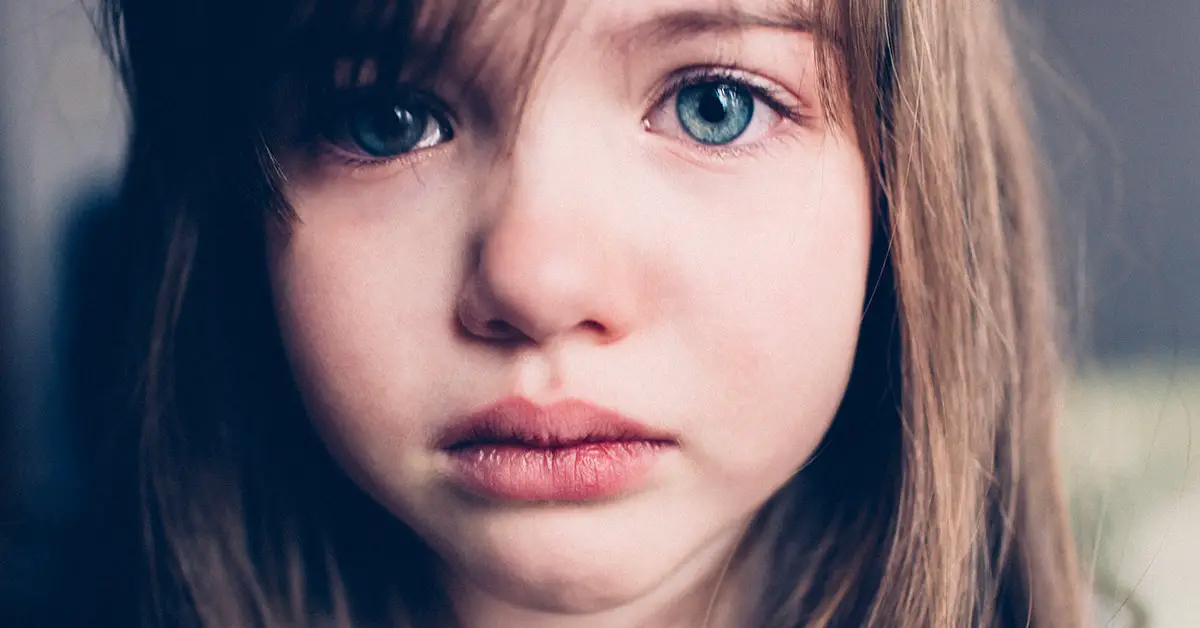To spank or not to spank? That is the question many parents across the country have asked themselves at one point or another. When your child has pushed your buttons to the breaking point, it can be incredibly tempting to at least give them a swat. An increasing body of research, however, has shown that corporal punishment is ineffective and can cause psychological damage.
Spanking on the Decline
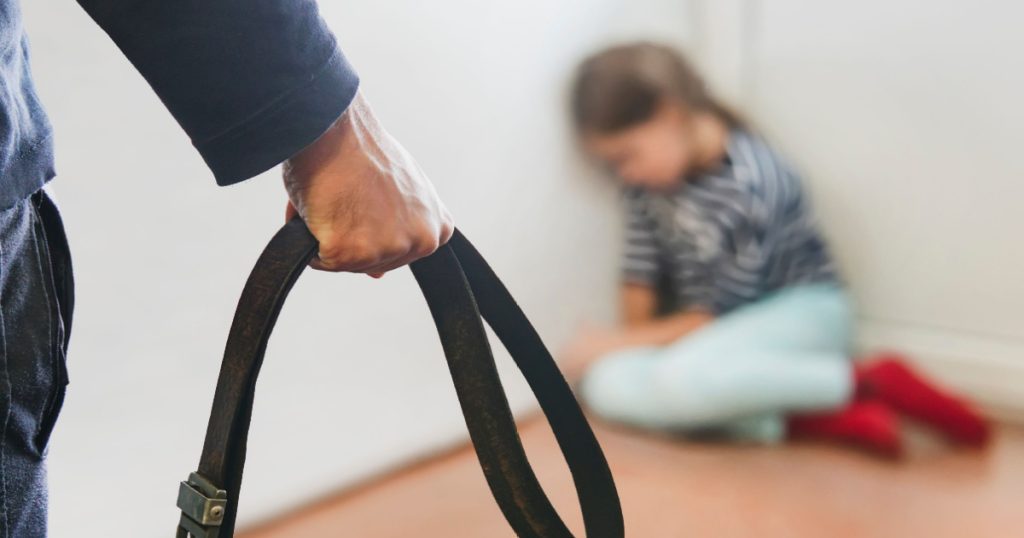
Today, it appears that the age of spanking is coming to a close. A recent study found that significantly fewer parents are spanking their children compared to parents of previous generations. While many experts are encouraged by these statistics, however, they say there is still a long way to go. According to recent research, more and more parents today are replacing spanking with other forms of punishment. In a study published in the journal JAMA Pediatrics, researchers looked at 35-year-old parents from 1993 to 2017. These parents had biological, adopted, or step-children between the ages of two to twelve years old. The data they collected showed that the percentage of parents who report spanking their kids had declined from 50 percent in 1993 to 35 percent in 2017 [1].
American Academy of Pediatrics

This data came from the Monitoring the Future Study and used mostly white, married, or engaged parents. About twenty percent of the participants were Black, Hispanic, and Asian, and single parents accounted for about 5.5 percent of participants.
This research comes just two years after the American Academy of Pediatrics (AAP) issued an official statement that formally opposed corporal punishment. This, of course, includes spanking. “The purpose of discipline is to teach children good behavior and support normal child development. Effective discipline does so without the use of corporal punishment or verbal shaming,” read the statement. “The AAP and individual pediatricians may join with others to reduce and ultimately end the use of corporal punishment in the U.S.” [2].
The Harmful Effects of Spanking
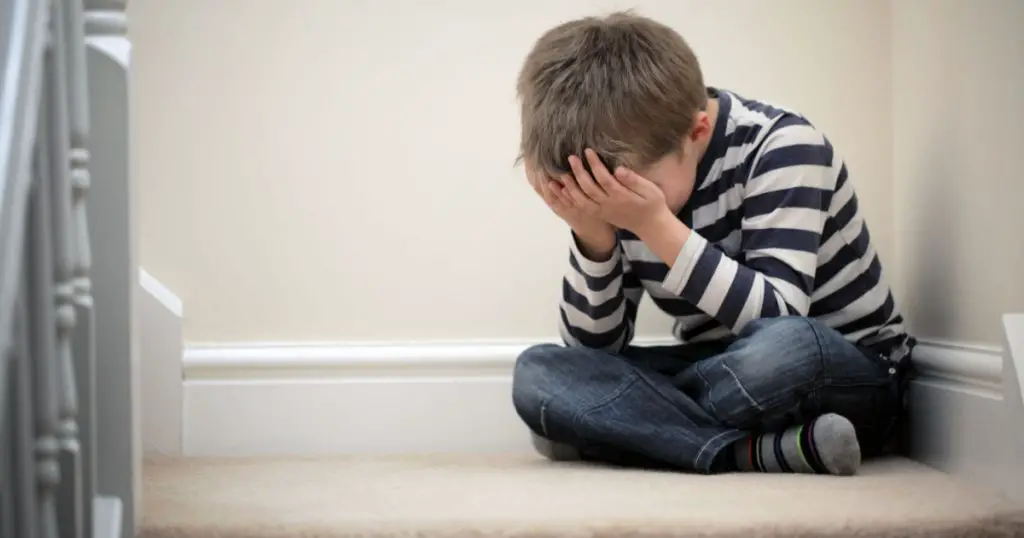
In their 2018 statement, the AAP cited a growing body of research that shows spanking has a negative effect on normal child development. More specifically, studies show that corporal punishment only escalates bad behaviour, requiring increasingly severe punishment. “A large national cohort study conducted in the 20 largest U.S. cities noted that children who were spanked more than twice a month were more aggressive at subsequent surveys,” the statement said. “Thus, each negative interaction reinforced previous negative interactions as part of a complex negative spiral.” [2]
More on the negative effects of spanking

Another 2016 meta-analysis looked at 74 different studies on corporal punishment. The researchers found that spanking resulted in an increase in the following behaviours:
- Aggression
- Antisocial behaviour
- Externalizing problems
- Internalizing problems
- Mental health problems
- Negative relationships with their parents
- Lower moral internalization
- Lower cognitive ability
- Worsened self-esteem [3]
These Traits Continued Into Adulthood
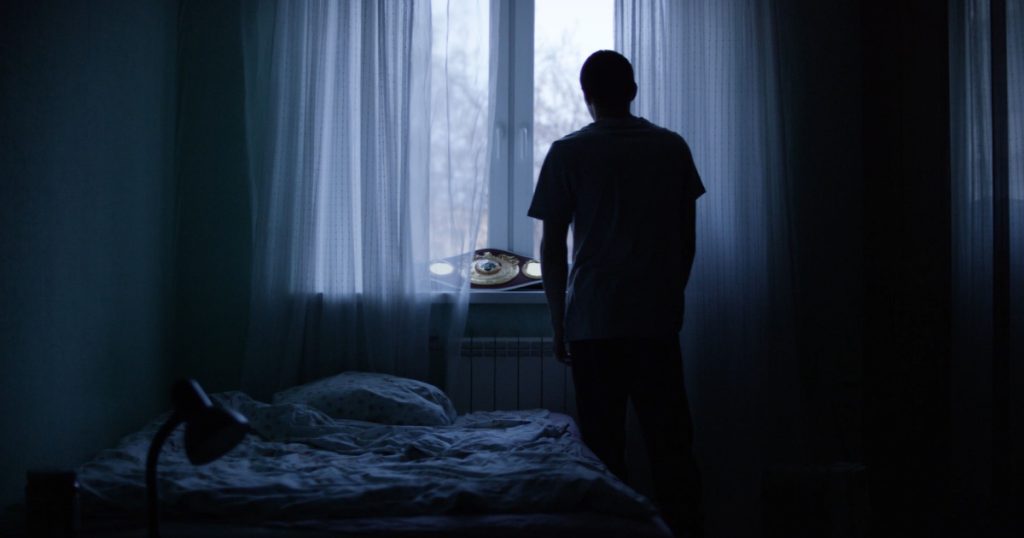
The researchers also found that these traits continued into adulthood. Conversely, a 2018 meta-analysis from 88 countries found children who live in societies that ban corporal punishment are less violent [4]. According to Frank Elgar, the lead author of the analysis, when adults model violence, it increases the willingness of children to get physically violent themselves.
Correlation Speaks Volumes

Rebecca Ryan is a developmental psychologist and associate professor at Georgetown University. She notes that while all the evidence against spanking is correlational, there is also little correlational evidence to suggest its efficacy.
“If it were an effective strategy, you would either see no correlation between spanking and child behavior, or you would see a correlation that’s the opposite of what you do see,” she said. “What you see is a positive correlation between spanking and higher levels of behavior problems. If it were effective you should see the opposite.” [5]
The Critics

Some critics of the research have suggested that the results of these studies are actually due to reverse causation. This means that kids who are predisposed to misbehavior for whatever reason are more likely to receive a spanking from their parents. Kids who are less likely to misbehave in general will receive fewer if any, spankings.
Ryan says that while there may be some truth to this, the results of these studies still hold true when you control for baseline rates of misbehavior. “… it’s also true that spanking is correlated with an increase in behavior problems over time among children with similar levels of misbehavior relative to nonphysical forms of discipline,” she explained [5].
Healthy Ways to Discipline a Child Without Spanking

How then, can parents effectively discipline their children without spanking? Dr. Robert Sege is the first author of the AAP policy statement and a pediatrician at the Floating Hospital for Children at Tufts Medical Center in Boston. He says there are other forms of discipline that are effective no matter your child’s age. For example, he gives advice on how to discipline a child younger than one who is misbehaving: “The best thing to do is just pick them up and move them somewhere else, distract them, change the subject — and that’s usually all they need and they can handle it,” he said. “Your average 6-month-old child doesn’t have the ability to learn the rules. They will eventually.” [5]
What About Older Children?

For slightly older children, he recommends using the time-out method. For even older children, showing them the natural consequence of misbehavior is often effective. He uses the example of running out into the street. Obviously, you don’t want the natural consequence of that behavior to be them getting hit by a car. Instead, the natural consequence might be that they now have to hold your hand when they’re in the street.
He emphasizes that a loving parent-child relationship is the most important relationship there is. Parents can use that to teach their children how to behave. “Parents can use that relationship to teach their children right from wrong without inserting violence, shame and humiliation into that relationship,” he said. “As a result, children are more likely to grow up feeling secure and positive, knowing how to regulate their own behavior.” [5]
More Work to be Done
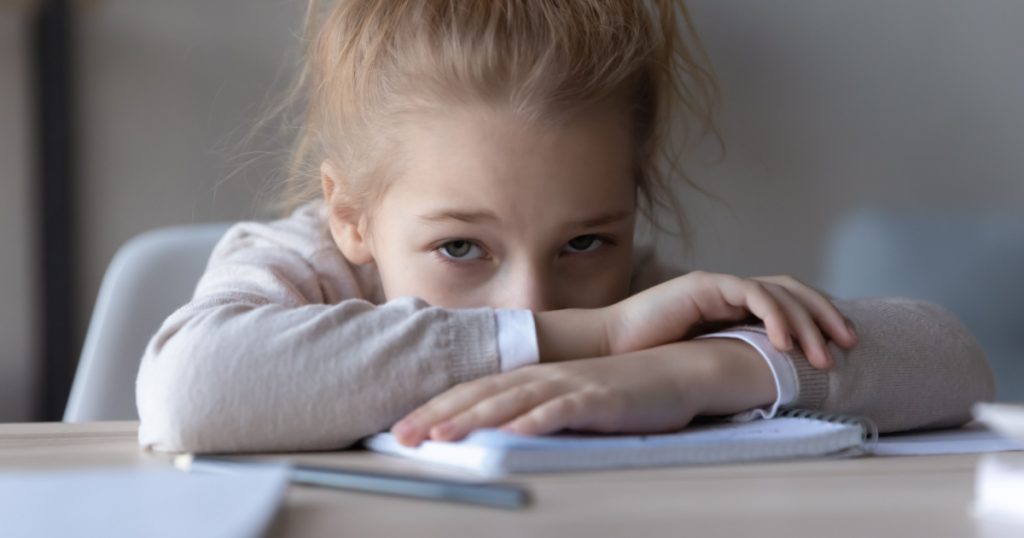
The statistics from this study are very encouraging, but the authors warn there is still a way to go. Currently, schools in nineteen states still allow corporal punishment, and one-third of American parents still use spanking to discipline their children. Experts believe that these numbers need to continue to drop, for the health of our children.
Sources
- “Prevalence of Spanking in US National Samples of 35-Year-Old Parents From 1993 to 2017.” JAMA. Christopher J. Mehus, PhD, LMFT, Megan E. Patrick, PhD. July 27, 2020.
- “AAP policy opposes corporal punishment, draws on recent evidence.” APP News. Robert D. Sege, M.D., Ph.D., FAAP. November 5, 2018.
- ” Spanking and Child Outcomes: Old Controversies and New Meta-Analyses.” Mediad. Elizabeth T. Gershoff and Andrew Grogan-Kaylor. April 7, 2016.
- “Corporal punishment bans and physical fighting in adolescents: an ecological study of 88 countries.” BMJ Open. Frank J Elgar, Peter D Donnelly, Valerie Michaelson, Geneviève Gariépy, Kira E Riehm, Sophie D Walsh, William Pickett.
- “Pediatricians strengthen stance against spanking kids.” CNN. Jaqueline Howard. November 5, 2018.
